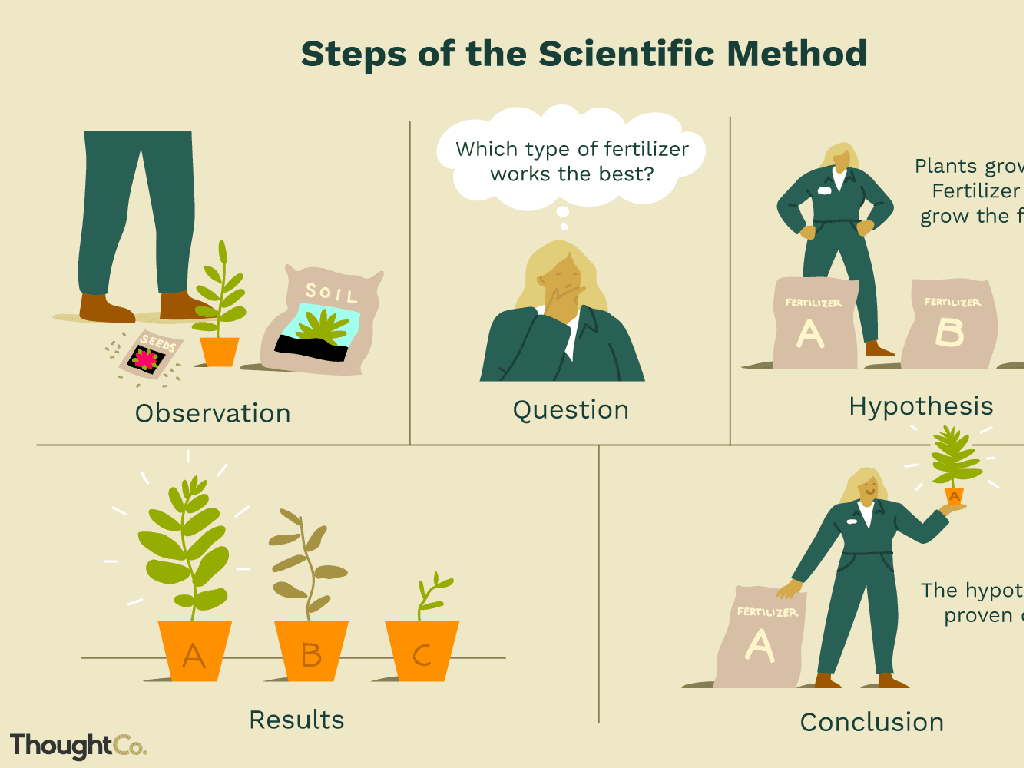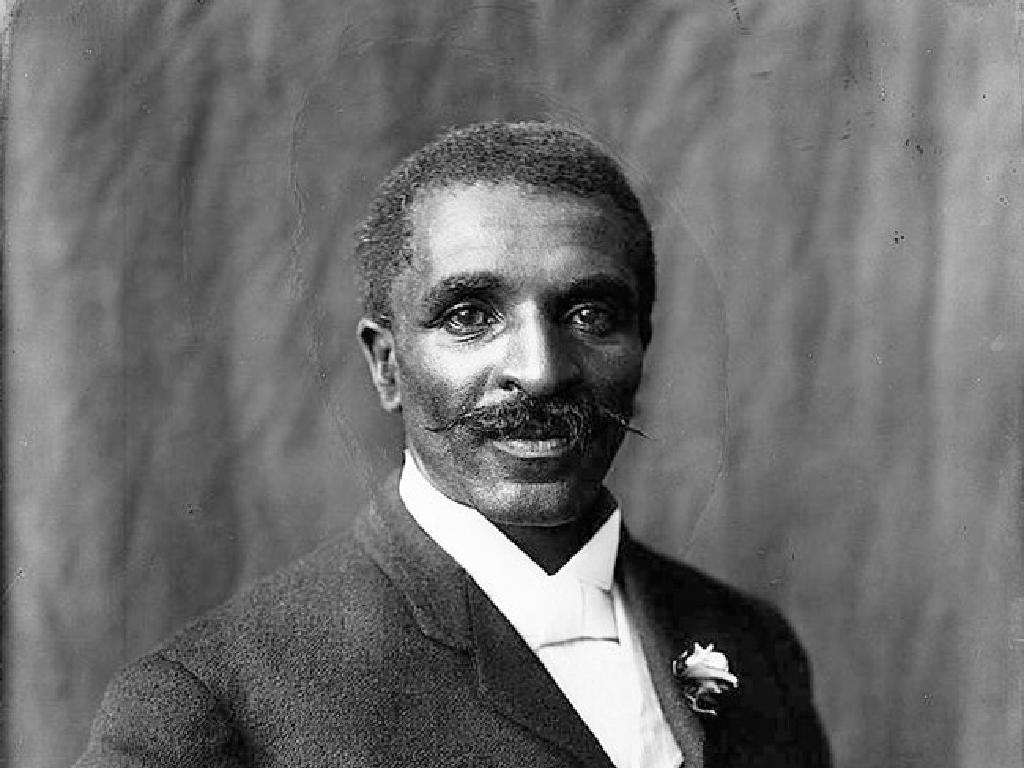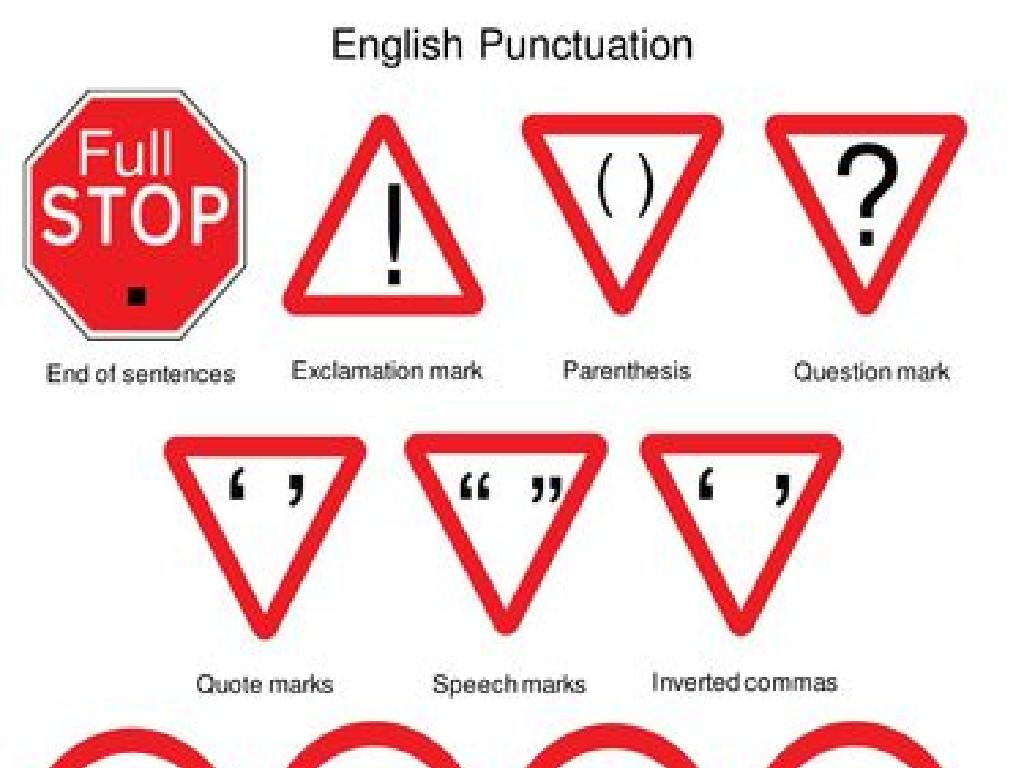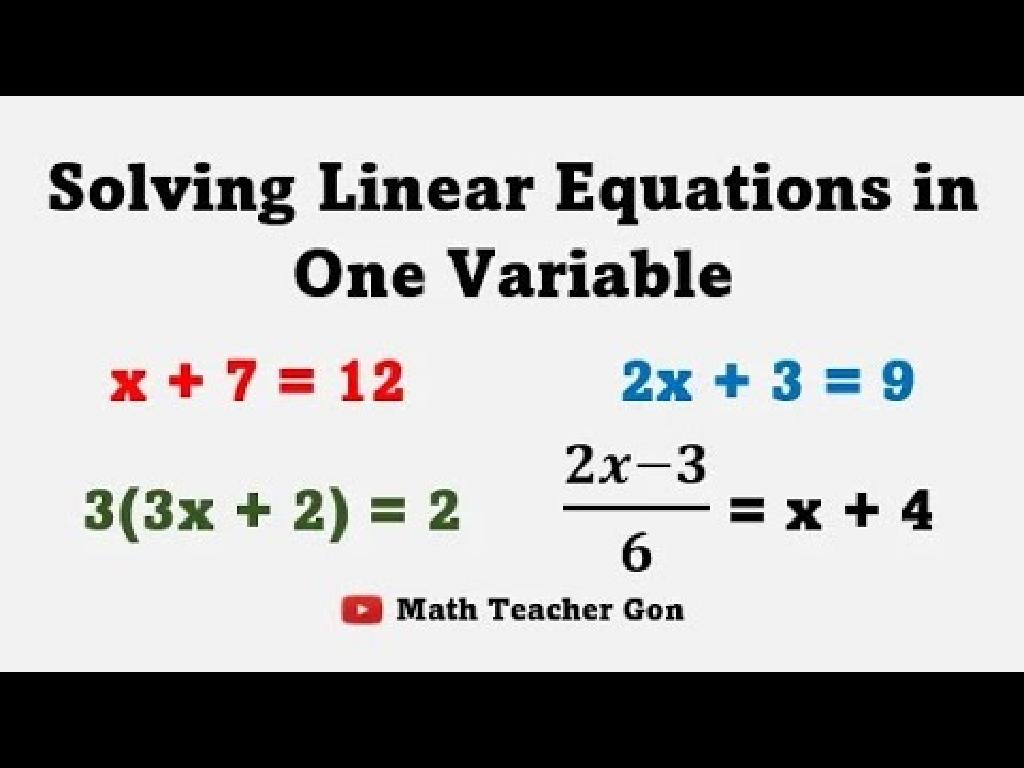Choose Units Of Time
Subject: Science
Grade: Second grade
Topic: Units And Measurement
Please LOG IN to download the presentation. Access is available to registered users only.
View More Content
Introduction to Time
– What is time?
– The need to measure time
– Helps us know when events happen
– Units of time: seconds to years
– From seconds to years, each unit has a purpose
– Examples of time units
– Seconds in a minute, days in a week, months in a year
|
This slide introduces the concept of time to second graders. Begin by discussing what time is and how it is an important part of our daily lives, from knowing when to wake up to scheduling activities. Explain why measuring time is crucial for organization and planning. Introduce the different units of time, starting with the smallest (seconds) and moving up to the largest (years). Provide relatable examples for each unit, such as 60 seconds make a minute, 7 days make a week, and 12 months make a year. Encourage students to think of activities they do in each time unit, like a minute to brush teeth, an hour for a class, a day at school, a week including the weekend, and a year from one birthday to the next.
Seconds and Minutes: Measuring Time
– What are seconds?
– Seconds are the basic units of time.
– Counting with a stopwatch
– Use a stopwatch to count seconds.
– Seconds in a minute
– There are 60 seconds in one minute.
– Practice time counting
|
This slide introduces second graders to the concept of seconds and minutes as units of time. Begin by explaining that a second is the most basic unit of time that we use to measure moments. Show them a stopwatch and demonstrate how it counts seconds. Engage the class by having them count aloud as the stopwatch ticks. Then, explain that 60 seconds make up a minute, and have them practice counting to 60 to understand how long a minute is. To reinforce the lesson, you can organize activities where students count seconds for various fun tasks, like jumping or silently reading, to give them a practical understanding of the concept of time.
Hours and Days: Measuring Time
– Minutes in one hour
– There are 60 minutes in an hour.
– AM and PM explained
– AM is before noon, PM is after noon.
– Counting hours in a day
– A full day has 24 hours.
– Daytime vs. nighttime
– Daytime is when the sun is up, nighttime is when the sun is down.
|
This slide aims to help second-grade students understand the basic units of time. Start by explaining that there are 60 minutes in an hour, which can be visualized as one full rotation of the minute hand on a clock. Introduce the concept of AM and PM to differentiate between the time before noon and after noon, using examples like school start time (AM) and bedtime (PM). Clarify that there are 24 hours in a day, and this can be divided into daytime when the sun is up and we are active, and nighttime when the sun is down and we usually sleep. Use visual aids like a clock and a simple diagram showing the sun’s position to reinforce these concepts. Encourage students to observe the clock throughout the day to become familiar with the passage of hours and the cycle of AM and PM.
Understanding Time: Weeks, Months, and Years
– Days form weeks: 7 days in a week
– Weeks in a month vary
– Not all months have the same number of weeks
– 12 months in a year
– Leap Year: An extra day added
– Every 4 years, February has 29 days
|
This slide aims to help second-grade students grasp the concept of time and how days, weeks, months, and years are related. Start by explaining that a week is made up of 7 days. Then, discuss that the number of weeks in a month can vary because not all months have the same number of days. Highlight that there are 12 months in a year. Finally, introduce the concept of a Leap Year, which occurs every 4 years, adding an extra day to the month of February. Use a calendar to show these units of time visually and encourage students to count the days, weeks, and months on it. This will help them understand the cyclical nature of time as measured in days, weeks, months, and years.
Using Units of Time Wisely
– Learn to use a calendar
– Calendars help us track days, weeks, and months.
– Plan events with time units
– Use minutes for short, hours for longer, days for events further away.
– Know past, present, future
– Yesterday was the past, today is present, tomorrow is the future.
– Practice with real examples
– Schedule a playdate next week, a birthday in a month.
|
This slide aims to teach second graders how to effectively use units of time in everyday life. Start by explaining the purpose of a calendar and how it helps us organize our days. Discuss how different events require different units of time, such as minutes for a short playtime, hours for a school day, or days for anticipating a weekend trip. Clarify the concepts of past, present, and future with relatable examples, such as what they did yesterday, what they are doing today, and what they plan for tomorrow. Encourage them to apply these concepts by planning real-life events, like scheduling a future playdate or counting down to their next birthday.
Activity Time: Measuring Time Around Us
– ‘Time Hunt’ in the classroom
– Find objects or activities and guess how long they take
– Estimate the time for activities
– How long to write your name or tie your shoe?
– Write your time guesses
– Share with the class
– Discuss your estimates with classmates
|
This slide introduces a class activity called ‘Time Hunt’ where students will engage in estimating the duration of various simple tasks. The teacher should explain that estimating time is a skill that can be improved with practice. Provide examples of activities to estimate, such as writing their name or tying their shoes. Encourage students to think about the tasks they do every day and how long these tasks take. After the activity, facilitate a discussion where students can share their findings and reflect on their time estimation skills. This will help them understand the concept of time units and how to apply them in real-life situations. Possible variations of the activity could include timing actual tasks with a stopwatch, comparing estimates with actual times, or grouping tasks by duration.






